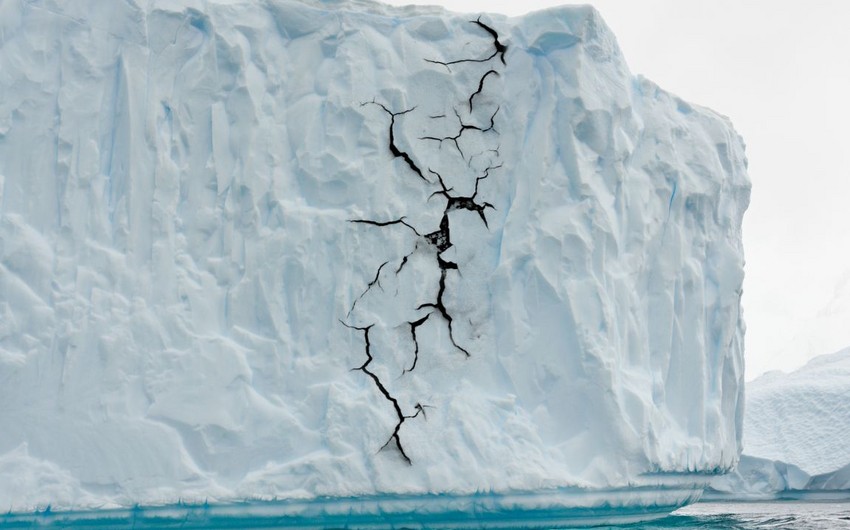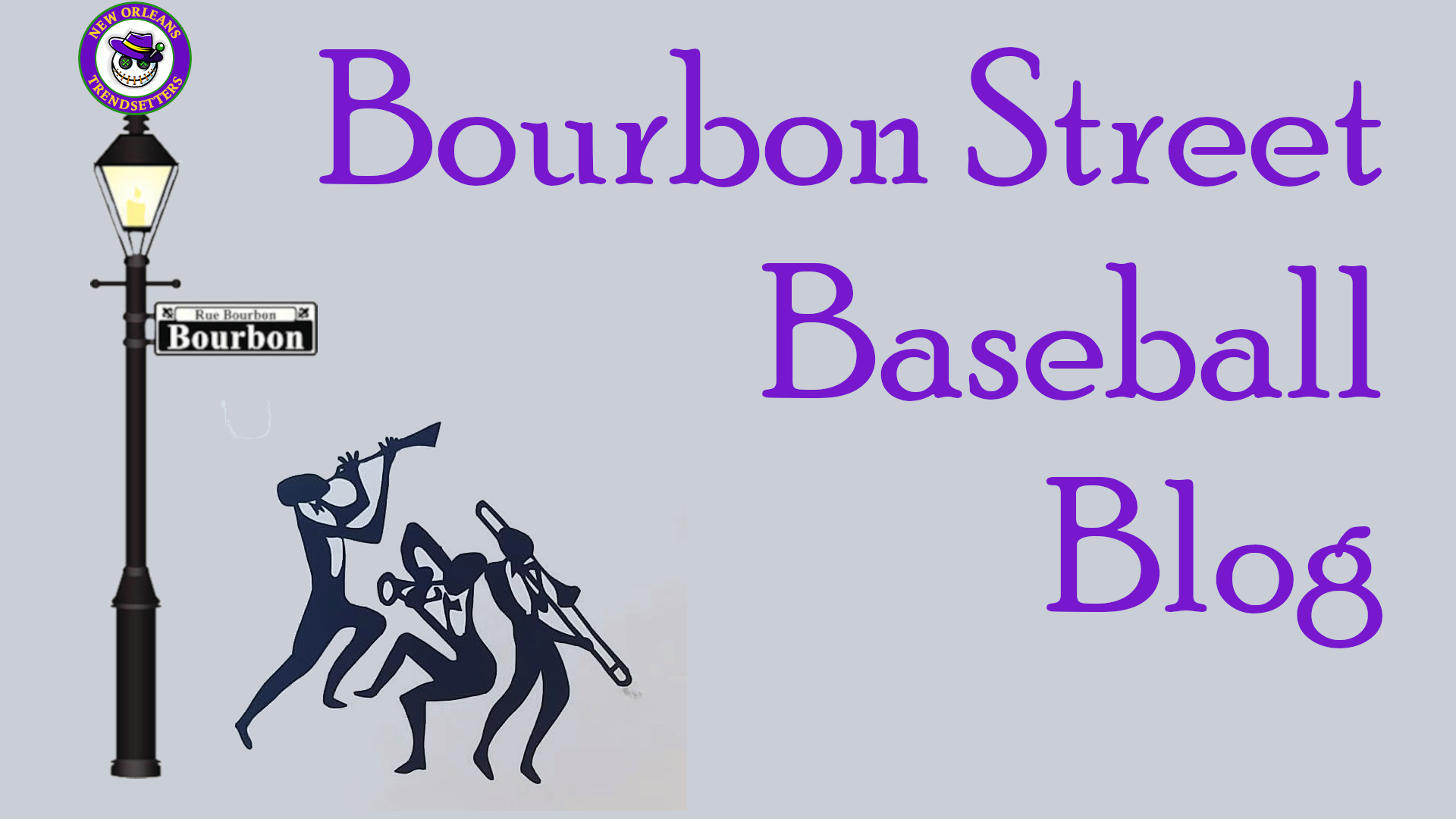The Great Flood of 2039
THE GREAT FLOOD OF 2039
Just as the 2039 PEBA season was warming its way into summer and speculation about All-Star selections was on the rise, a large—well, gigantic, really, the size of the state of Rhode Island—iceberg broke off a glacier along the coast of Greenland. The tsunami wave it created flooded the eastern coast of the island immediately, drowning all the residents of Tasiilaq before they knew what had happened. Because the wave was moving south away from the island, the populated west coast of Greenland had time to prepare for the wave’s arrival, though the capital city of Nuuk (approx. 18,000 residents) was devastated by flood waters.
The Danish Folketing interrupted its proceedings when the legislators learned of the disaster in Greenland. They voted emergency relief funds for the Greelanders only minutes before learning a tsunami was headed for Copenhagen. The city began evacuation procedures, but without sufficient time to move the more than 800,000 residents plus another half million tourists, the death toll was staggering. Or will be, when they finish counting. The entire country of Denmark, with the exception of Mill Top and the countryside adjacent to the nation’s highest point (170 meters), was buried under water.
The same wave that buried Denmark flooded all of the northern and western coastlines of Europe and swelled rivers in France, Germany, Poland and England. It took just one hour for the wave to move from the mouth of the Thames to the London Bridge, which collapsed under the force of the swirling waters and the debris the flood pushed ahead of it. The entire Danube Valley was quickly underwater, and the valleys of the Loire, the Seine, the Rhine and the Elbe were similarly inundated. Europeans not living on the coast had time to evacuate, so the death toll in central Europe was minimal compared to the 75-90% death rate along the coast line of the North Sea.
With the cities of Amsterdam and London under water, the PEBA teams who make those cities their home were effectively wiped out for the 2039 season, their stadiums destroyed, the fan base dispersed. Fortunately, neither team was playing at home when the tsunamis hit.
In Edinburgh, the Firth of Forth was flooded within hours of the initial collapse of the glacier in the north Atlantic. The three iconic Firth of Forth bridges all collapsed and the coastal areas of the city were destroyed. But the high ground of New Town and central Edinburgh remained undamaged by rising waters, though Princes Street Gardens were flooded, reminding some folks of the original swamp that was drained to create the gardens. Though undamaged by water, downtown Edinburgh was flooded with refugees from the neighborhoods adjacent to the Firth or the North Sea. The Edinburgh Castle, including the grounds where the famous Military Tatoo is performed each summer, was converted into a refugee camp. The stadium belonging to the Scottish Claymores was likewise turned into a temporary refugee camp and all baseball games were cancelled for the remainder of the 2039 season. With only Gloucester still fielding a ball club and having a stadium to play in, the Transatlantic Division of PEBA’s Imperial League was shut down for the remainder of 2039.
It took the tsunami several hours to work its way across the Atlantic to the northeastern sea coast of North America, where it completely wiped out towns and villages in New Foundland and Prince Edward Island. The entire St. Lawrence Valley, from Gaspé to Quebec to Montreal to the first of the Great Lakes, Ontario, was inundated with sea water, hundreds of miles inland. Waters in each Great Lake in turn rose precipitously, flooding lakeside villages and reaking havoc to Toronto, Detroit, Chicago, Milwaukee and dozens of smaller cities. But because the Great Lakes region had the better part of 24 hours to prepare, the number of lives lost was kept to a minimum.
But the Seaboard and Great Lakes divisions of the PEBAverse were put out of business by rising waters, evacuations and, in a few instances, the collapse of stadia under the enormous pressure of rising and moving waters. Chicago was a ghost town even before the wave came ashore, its residents fleeing east to higher ground. Madison, Wisconsin doesn’t even sit on the shore of Lake Michigan, but its twin lakes of Mendota and Manona were flooded when rising waters poured over the banks of Lake Michigan and into the tributaries that feed the twin lakes, ending the season for the Madison Malts. Kalamazoo was spared major damage because of its distance from the lake as well as its elevation, nearly 300 feet above Lake Michigan, but the Badgers had few opponents to play. Duluth, Minnesota, sits in a unique location as the westernmost city on the shores of a great lake, Superior. By the time the wave traveled the length of the St. Lawrence River, crossed Lakes Ontario and Erie, and filled the basins of Lake Huron sufficiently to pour through the narrow channel at Sault Ste. Marie into Whitefish Bay at the eastern end of Lake Superior, the residents of Duluth had been evacuated. And though the wave had dissipated much of its strength crossing all the Great Lakes, still the waters came, not so much as a wave as a gentle rising, gentle but persistent, until all of Duluth was flooded, including the Warriors’ ball park. In the Great Lakes Division of the Sovereign League, only Fargo—in remote North Dakota—and Crystal Lake, Illinois were spared. Ironically, as the rising waters reached the southern end of Lake Michigan and backed up into the lakes tributaries, Crystal Lake itself rose a couple feet, which pleased the residents there, since they had paid mightily to have Colorado River Water shipped to the lake during the drought just a few years before. No more Colorado Water shipments for Crystal Lake!
The teams situated along the Atlantic’s southern coastline in North American—New Jersey, Gloucester, Arlington, Charleston and Florida—did not fare so well. The waters came, hitting these cities hard. Roughly half the citizens living along the eastern shores of the U.S. were able to evacuate inland, but millions died and tens of millions were homeless. The ball clubs in those areas simply abandoned business. Even the teams located inland from the Atlantic—Manchester and Hartford—found their rivers flooding downtown areas and closing, at least temporarily, all businesses, including the ball clubs in residence. In the Seaboard Division, only the West Virginia Alleghenies were able to continue playing baseball. And with so few opponents to play against, they struggled to maintain their schedule. After a few weeks of such troubles, the players voted to suspend the remainder of the 2039 season and volunteer to help with the relocation of refugees from the Atlantic coast.
In the Dixie Division, Florida and Charleston, as noted above, were shut down immediately. San Antonio (whose home stadium is in Laredo) and Kentucky, both inland far enough to be unaffected by the tsunami, continued to play limited schedules, until the players joined the Alleghenies in voluntarily calling a halt to the season in order to volunteer in relief efforts. New Orleans, of course, was hit hardest, simply because most of the city is below sea level. The tsunami struck New Orleans like a freight train, wiping out many of the barriers and buildings restored after Katrina. The waters rose so quickly and so high, that none of the buildings in the French Quarter could be seen except by boat, floating above them. The entire Mississippi Delta region disappeared. Lake Pontchartrain simply merged with the Gulf of Mexico and more than half of the area of the state of Louisiana was underwater. Those with boats survived. Hundreds of thousands are missing and presumed dead. The New Orleans Trendsetters are no more.
Ditto in Havana. Without the resources of the United States, the Cuban capitol was wiped from the map. Millions died, those that didn’t escaped to the mountains in the center of the island where the awaited help that would never arrive. The government, housed in Havana, disappeared. So did the Havana Leones, though one rumor suggested some of the team’s players packed up bats and balls and gloves and headed to the mountains hours before the tsunami hit. So maybe baseball will be reborn in the mountains of Cuba.
Finally, management of the Imperial League of the PEBA was forced to suspend business until next season. Too few teams remained and so many needed help, it seemed mad to continue to pretend baseball was worth the effort.
And what of the Sovereign League? Their story will follow.



